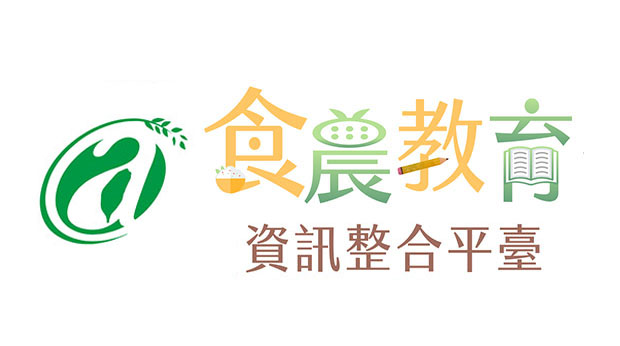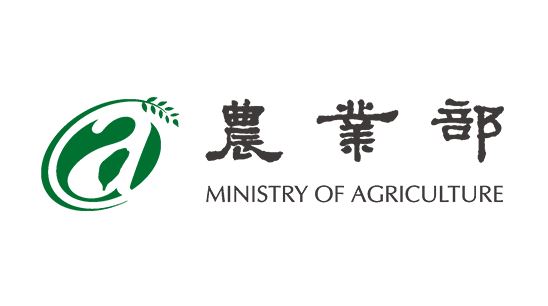農業知識庫
Diallel analysis of bacterial wilt resistance in tomato derived from different sources
作者:Peter M. Hanson, Olivia Licardo, Jaw-Fen Wang, Jen-tzu Chen,;
公佈日期:105 年 12 月 30 日
Bacterial wilt, caused by Ralstonia solanacearum, is a major constraint to tomato production in
the tropics and subtropics. Most bacterial wilt-resistant tomato cultivars have not shown consistently
high resistance levels over locations. The objective of this study was to determine
whether combining resistance derived from different sources would result in F1 progenies with
resistance greater than that of the parents. Five bacterial wilt-resistant tomato lines or accessions
(CL5915, L285, CRA84, H7997, and GA219), each derived from different resistance
sources, and a susceptible processing tomato line (UC204A) were crossed in all combinations
without reciprocals. Parents, F1 progenies, and F2 progenies were evaluated in greenhouses at
three locations (Taiwan, Philippines, and Indonesia) for percent survival 6 weeks after drench
inoculation with virulent local strains of R. solanacearum. Percent survival means over locations
were 17.4 to 83.0 for parents and F1 progeny and 16.2 to 75.0 for parents and F2 progeny.
The percent survival means over locations of L285 × H7997 were highest among crosses in the
F1 (83.0) and F2 (75.0) generations but were not significantly greater than that of H7997. Highly
significant mean squares were found in the F1 and F2 progenies for general combining ability
(GCA) and GCA × locations. Positive GCA effects over locations were detected for H7997,
CRA84, and L285, indicating that progeny with those lines as parents showed bacterial wilt
resistance that was greater than the average of all crosses. Only H7997, however, had positive
GCA effects estimates at each location for each generation, and its GCA effects estimates over
locations were significantly greater than those of the other parents in the F1 and F2 progenies.
Among this set of parents, H7997 is the best source to develop bacterial wilt-resistant progeny.
We did not observe statistically significant increases in resistance by combining different
resistance sources. However, the presence of large GCA variances suggests that hybridization of
parents that have high GCA for bacterial wilt resistance, such as H7997, CRA84, or L285,
followed by selection in segregating populations might yield inbred progeny with resistance
greater than that of the parents.
知識樹分類
消費者知識庫 > 園藝類 > 觀賞植物-其他
消費者知識庫 > 其他 > 其他-其他
相關檔案下載
延伸閱讀
- 花蓮區農情月刊--恭賀113年臺灣稻米達人全國賽 玉里鎮楊朝富、富里鄉黃章德及范志豪農友 榮獲非香米組銀牌、冬山鄉馬啟亮、玉里鎮黃紫沂農友 榮獲香米組銀牌113/11/08
- 花蓮區農情月刊--本場與興大共同辦理有機農業生態系統服務價值國際研討會113/11/08
- 花蓮區農情月刊--行政院 卓榮泰院長蒞臨有機農業研究中心 期待中心實踐有機農業發展與國際鏈結113/11/08
- 西瓜栽培管理.pdf113/11/04
- 花蓮區農情月刊--文旦早收地3年成效越來越厲害 輔導農友數量及推廣面積都倍增更納入35為原民農友、擴大產業效益113/10/25
- 百合科蔬菜之病蟲害發生與管理.pdf113/10/22
- 花蓮區農業專訊--花蓮原鄉傳統農耕智慧數位典藏與推廣--02113/10/08
- 花蓮區農業專訊--花蓮原鄉傳統農耕智慧數位典藏與推廣--01113/10/08
- 花蓮區農業專訊--有機農業好幫手 種植原生野花、建棲架天敵昆蟲、黑翅鳶來幫忙囉!113/10/08
- 花改場--中度颱風山陀兒正接近台灣東部海面 請花蓮及宜蘭農友提高警覺113/10/08






